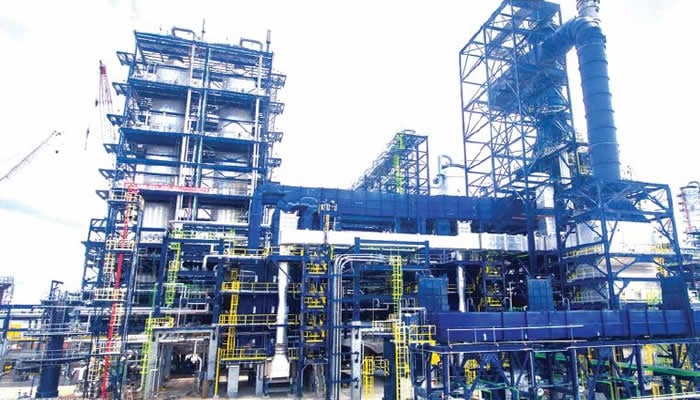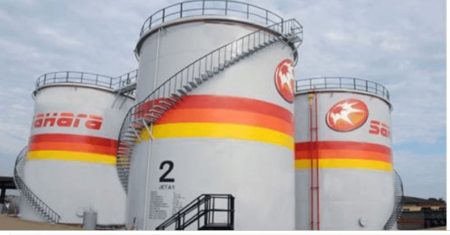Dangote Petroleum Refinery’s recent operational adjustments highlight the complexities of integrating a large-scale refinery into an existing downstream sector. Initially suspending self-collection gantry sales to promote its Free Delivery Scheme, the refinery faced pushback from stakeholders like NUPENG and DAPPMAN, raising concerns about potential monopolistic practices and labor rights. The subsequent reinstatement of self-collection, alongside the continued Free Delivery Scheme, suggests a more nuanced strategy aimed at accommodating various market segments while pursuing operational efficiencies. This dual approach seeks to address the immediate concerns of independent marketers reliant on gantry access while also encouraging the adoption of a potentially more efficient distribution model.
The initial suspension of gantry sales was intended to expedite the uptake of the Free Delivery Scheme, a system designed to streamline product distribution directly to registered retail outlets. Dangote Refinery argued that this model would enhance efficiency, curb illicit transactions with unregistered marketers, and ultimately stabilize petroleum supply across Nigeria. However, this move triggered resistance from stakeholders who viewed it as a coercive tactic to control the distribution network and potentially disadvantage independent operators. NUPENG’s accusations regarding the unionization of truck drivers added another layer of complexity, highlighting the social and labor implications of the refinery’s operational strategies.
The resumption of self-collection gantry sales demonstrates a willingness to adapt to market realities and address stakeholder concerns. By offering both self-collection and free delivery, the refinery provides flexibility for marketers, allowing them to choose the distribution method that best suits their operational needs. This balanced approach can potentially mitigate the anxieties of independent marketers while demonstrating the benefits of the Free Delivery Scheme in practice. It also allows for a smoother transition period, enabling marketers to gradually adapt to the new system rather than being forced into an immediate and potentially disruptive shift.
Dangote Refinery’s foray into downstream operations has unveiled deep-seated issues within the Nigerian petroleum sector. The resistance to the Free Delivery Scheme highlights the entrenched interests and existing power dynamics within the distribution network. Accusations of monopolistic tendencies and concerns over fair competition underscore the need for regulatory oversight to ensure a level playing field for all players. The refinery’s actions also bring to light the complexities of managing labor relations in a rapidly changing market environment.
The dual approach of offering both gantry access and free delivery can be viewed as a strategic compromise designed to navigate the complex landscape of the Nigerian downstream sector. By catering to both traditional self-collection preferences and the potential efficiencies of direct delivery, the refinery seeks to build trust and demonstrate the viability of its proposed model. This approach also allows for a period of parallel operation, enabling a direct comparison of the two methods and potentially showcasing the advantages of the Free Delivery Scheme in terms of cost-effectiveness, transparency, and supply stability.
The long-term success of Dangote Refinery’s downstream strategy will depend on its ability to address stakeholder concerns, build trust, and demonstrate the tangible benefits of its proposed reforms. The refinery’s commitment to transparency, fair competition, and adherence to labor regulations will be critical in shaping its relationship with key players in the downstream sector. Ultimately, the refinery’s success will contribute significantly to the modernization and efficiency of Nigeria’s petroleum industry, potentially leading to greater price stability and improved product availability for consumers. The coming months will be crucial in observing how the refinery navigates these complexities and implements its vision for a more efficient and transparent downstream sector.














